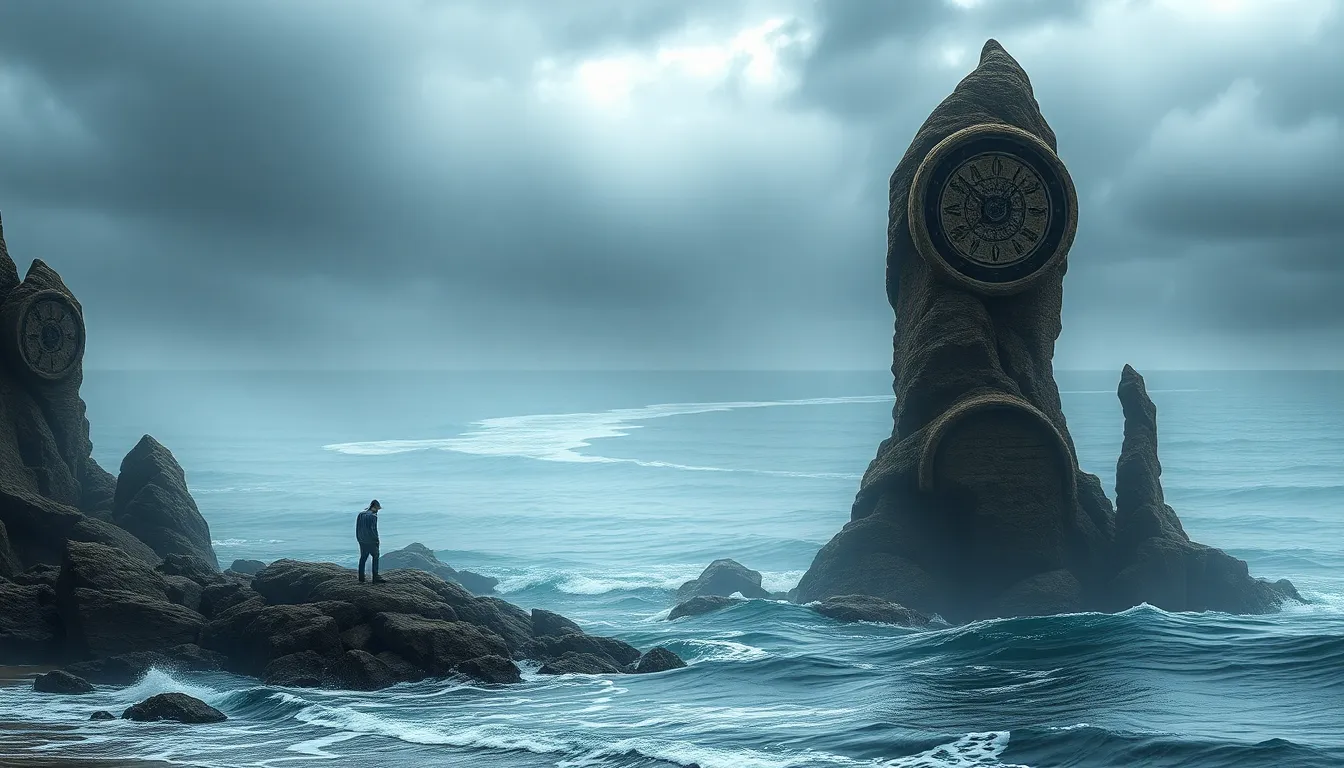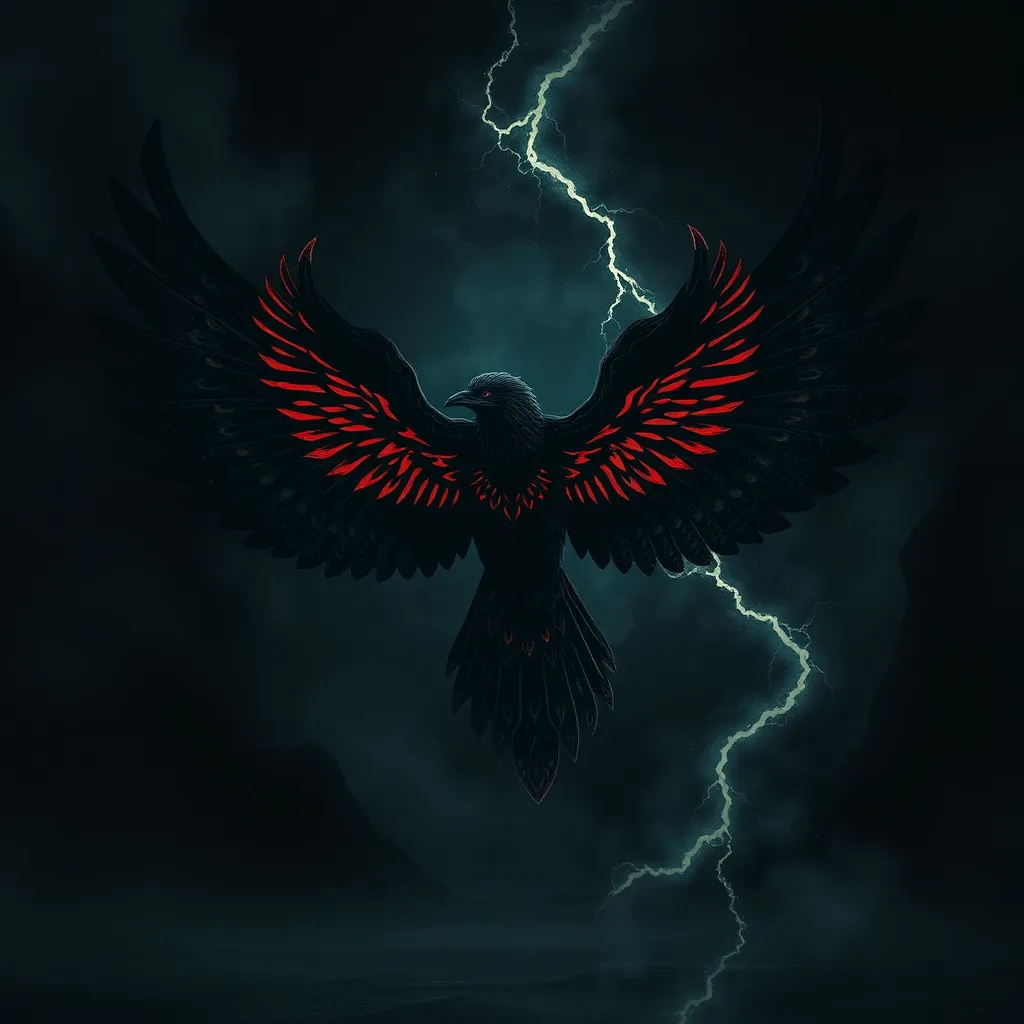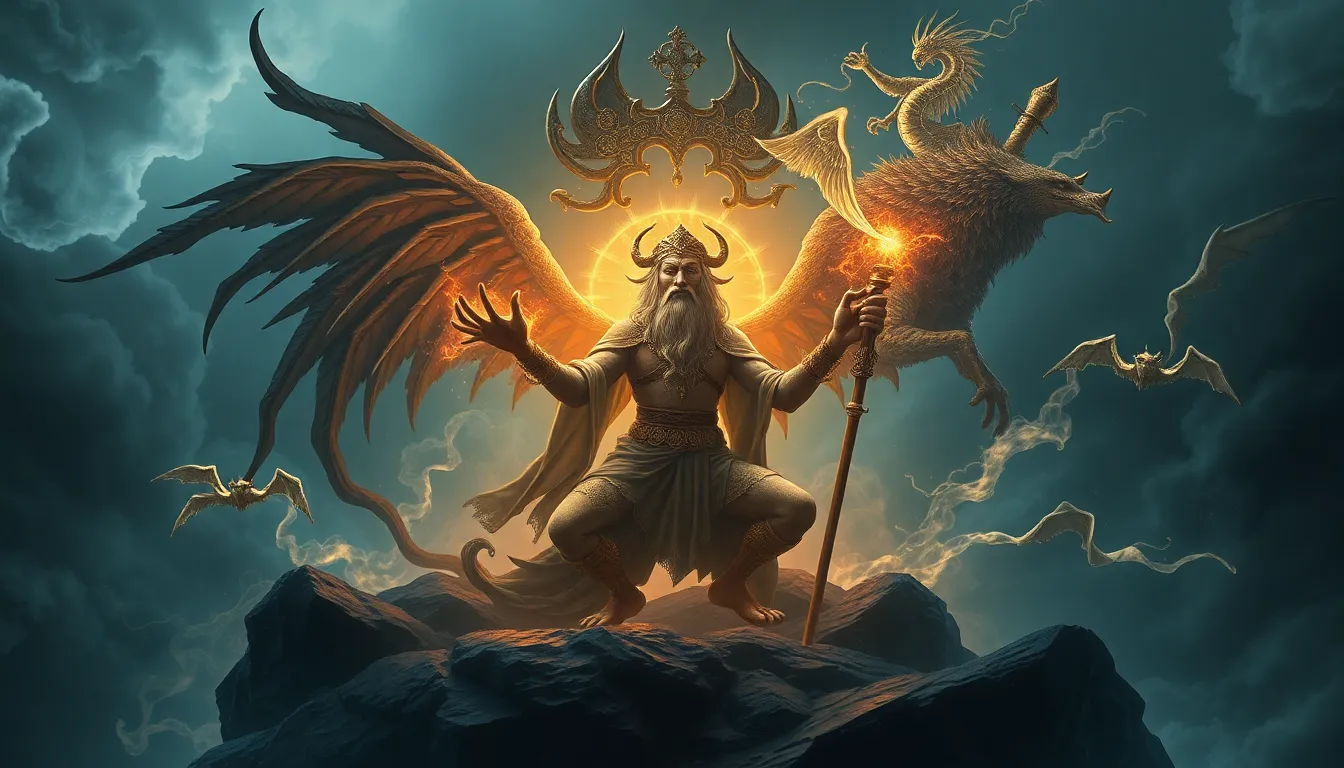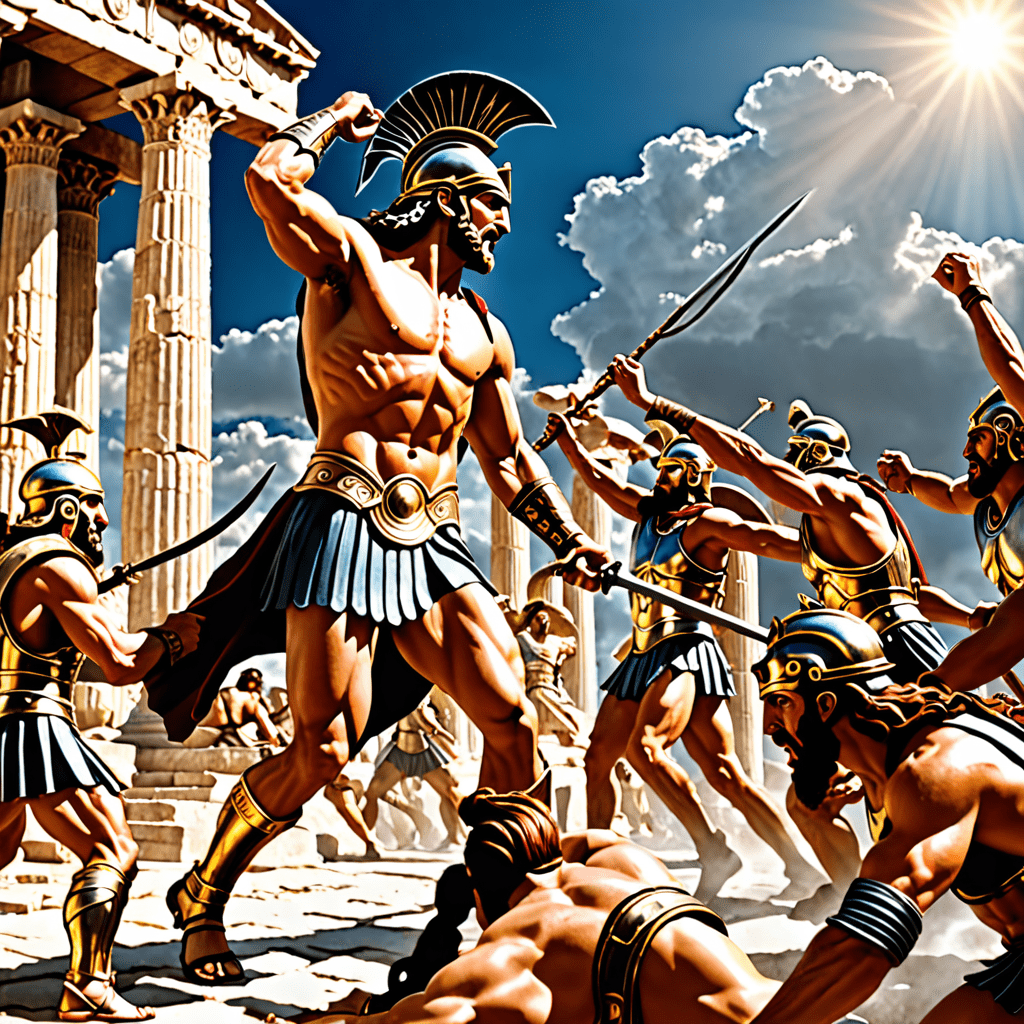The Mythical Shores: Coastal Myths and Their Places
1. Introduction to Coastal Myths
Coastal myths are fascinating narratives rooted in the folklore of cultures situated near the sea. These stories often serve as a reflection of a community’s relationship with the ocean, embodying the fears, hopes, and values of the people who tell them. The significance of coastal myths transcends mere storytelling; they are vital to cultural identity and heritage.
The geography of coastal regions plays a crucial role in shaping these myths. The sea, with its vastness and unpredictability, inspires awe and fear, leading to the creation of rich narratives that explain natural phenomena, human experiences, and the mysteries of existence.
2. The Role of the Sea in Mythology
The sea has long been a source of inspiration and mystery, acting as a backdrop for countless myths across different cultures. It symbolizes life, death, and the unknown, and is often portrayed as both a nurturing and destructive force.
Common themes associated with coastal myths include:
- Creation: Many cultures have myths that explain the origins of the world or specific elements, often attributing creation to sea deities or events.
- Destruction: The sea can be a powerful destroyer, with storms and tsunamis highlighting its perilous nature.
- The Supernatural: The ocean is often depicted as a realm inhabited by gods, spirits, and magical creatures, reflecting humanity’s fascination with the unseen.
3. Legendary Creatures of the Deep
Throughout history, various cultures have conjured up mythical sea creatures that embody the mysteries of the ocean. These creatures often symbolize deeper truths and cultural values.
Some notable mythical sea creatures include:
- Mermaids: Half-woman, half-fish beings that often represent beauty and danger, mermaids feature prominently in maritime lore.
- Krakens: Giant sea monsters that are said to drag ships under the waves, symbolizing the fear of the unknown.
- Selkies: Mythical creatures from Scottish folklore that can transform from seals into humans, representing the duality of nature.
These creatures often reflect cultural anxieties and ideals, serving as metaphors for human experiences and emotions.
4. Famous Coastal Myths from Around the World
Several coastal myths stand out due to their rich narratives and cultural significance. Here are a few notable examples:
- The Sirens of Greek Mythology: Enchanting beings whose songs lure sailors to their doom. They symbolize temptation and the perils of desire.
- The Hawaiian Menehune: A race of small, mythical people believed to inhabit the islands, known for their craftsmanship and mysterious nature.
- The Scottish Selkie Legends: Stories of seal people who can shed their skins to take human form, reflecting themes of love and loss.
Each of these myths is deeply intertwined with its geographic context, showcasing how local landscapes influence storytelling.
5. Sacred Coastal Sites and Their Legends
Many coastal locations are imbued with mythological significance, often becoming sacred sites for local communities. These locations can include cliffs, caves, and islands, each holding unique stories.
Examples of sacred coastal sites include:
- Cliffs of Moher, Ireland: Associated with ancient legends and tales of supernatural beings.
- Uluru, Australia: While not coastal, it is surrounded by myths that have connections to water and creation.
- The Isle of Skye, Scotland: Rich in selkie legends and other mystical tales tied to the sea.
These sites not only attract tourists but also serve as places of cultural reflection and spiritual significance.
6. The Influence of Exploration and Trade on Coastal Myths
Maritime exploration has been a catalyst for the evolution of coastal myths. As explorers ventured into uncharted waters, they often encountered new cultures and shared stories, reshaping existing myths and introducing new ones.
Trade routes also played a significant role in disseminating mythical stories, allowing for cross-cultural exchange. This exchange led to:
- The blending of myths from different cultures, creating hybrid stories.
- The spread of common themes, such as sea monsters and divine beings across various maritime cultures.
7. Coastal Myths in Literature and Art
Coastal myths have inspired countless works of literature and art throughout history. These myths are often depicted in various forms, from poetry to visual arts, reflecting their enduring influence.
Notable works inspired by coastal mythology include:
- “The Odyssey” by Homer: A classic tale that includes numerous mythical sea encounters.
- “Moby Dick” by Herman Melville: Explores themes of obsession and the unknown, heavily influenced by maritime lore.
- Artworks by J.M.W. Turner: Often featured turbulent seas and mythical elements, capturing the essence of coastal myths.
8. The Evolution of Coastal Myths in Modern Culture
In contemporary society, coastal myths are often reinterpreted through various media, including film, literature, and art. Modern adaptations can change the perception of these myths, making them relevant to current audiences.
Additionally, environmental changes and globalization impact the narratives surrounding coastal myths, leading to:
- New interpretations that address contemporary issues such as climate change.
- A blending of traditional narratives with modern storytelling techniques.
9. Preserving Coastal Myths in the Face of Modernization
As societies modernize, the relevance of coastal myths can wane, presenting challenges in preserving these important cultural narratives. Efforts to maintain these myths include:
- Community storytelling events that celebrate local myths.
- Incorporating myths into educational programs to engage younger generations.
- Collaborations between artists and cultural historians to keep myths alive in contemporary culture.
10. Conclusion: The Enduring Legacy of Coastal Myths
Coastal myths play a vital role in shaping cultural identity and community narratives. They serve as windows into the past, reflecting the values, fears, and aspirations of the societies that created them. As we engage with our local coastal myths, we not only celebrate our heritage but also acknowledge the wisdom and lessons they impart.
Readers are encouraged to explore their own coastal myths and stories, fostering a deeper connection with the cultural legacy that shapes their communities.




